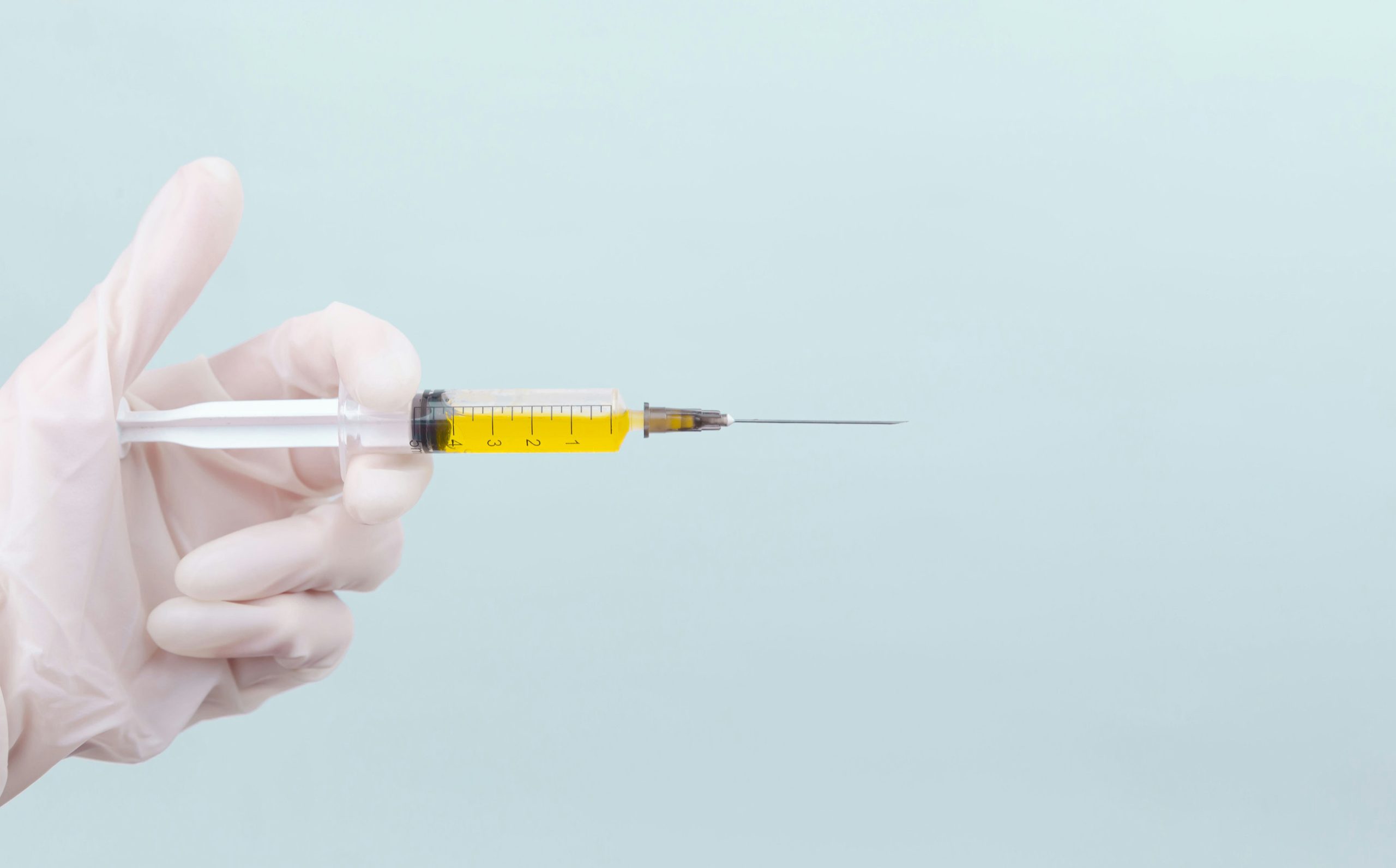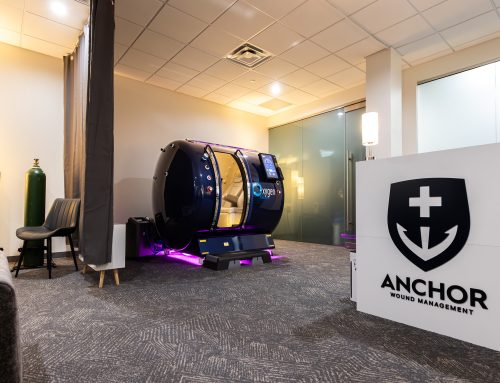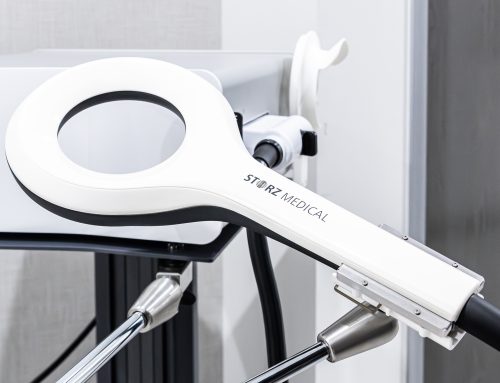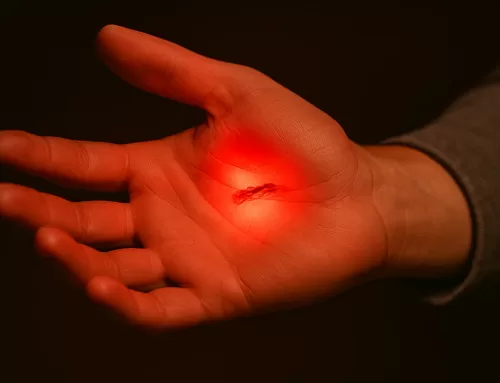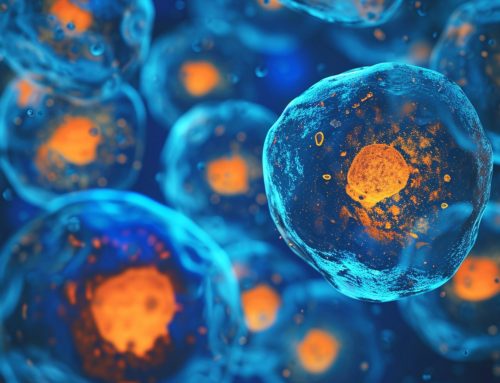Undergoing your first PRP (Platelet-Rich Plasma) injection can be both exciting and a little nerve-wracking, especially if you’re unsure of what comes next. While the procedure itself is relatively quick and minimally invasive, the real magic happens in the days and weeks that follow. Understanding what to expect after your PRP treatment can help ease anxiety, set realistic expectations, and ensure you’re giving your body the best chance to heal and regenerate naturally. In this post, we’ll walk you through the typical recovery timeline, sensations you might experience, and essential aftercare tips to help you get the most out of your PRP therapy.
A Patient’s Guide to Post-Injection Recovery and Results
After receiving your first PRP (Platelet-Rich Plasma) injection, understanding the recovery process is key to achieving optimal results. Unlike traditional treatments that may rely on medications or surgery, PRP uses your blood components to stimulate healing, which means the body’s natural processes take the lead. This also means results take time, and patience is essential.
Immediately following the injection, it’s normal to experience mild swelling, soreness, or warmth at the treatment site. These are signs that your body is responding to the concentrated platelets and initiating the healing process. Most people can resume light daily activities within 24 to 48 hours, though intense exercise or strain on the area should be avoided for at least a few days or as recommended by your physician.
Pain relief or noticeable improvement might not occur right away. Some patients experience a temporary increase in discomfort before things begin to improve. This is completely normal and typically subsides within a few days. The regenerative effects of PRP often begin to show within two to six weeks post-injection, with continued improvement for several months as new tissue grows and inflammation decreases.
Follow-up care is just as important as the injection itself. Hydration, proper nutrition, and avoiding anti-inflammatory medications (which can counteract PRP’s effects) are essential during the healing window. Some patients may require multiple sessions depending on the severity of the condition and the area being treated.
In short, PRP recovery is a gradual process, but for many, the results are worth the wait. By understanding what to expect and following your provider’s instructions closely, you’re giving your body the best chance to heal naturally and effectively.
Timeline, Sensations, and Aftercare Tips You Should Know
Following your first PRP injection, knowing what to expect over the next several days and weeks can help you feel more in control of the healing process. While every patient’s experience may vary slightly based on the treatment area and condition, there is a general timeline and set of sensations you’re likely to encounter.
Timeline:
In the first 24–48 hours post-injection, you may feel mild to moderate soreness, swelling, or warmth around the treated area. This is a normal inflammatory response and a sign that the PRP is activating your body’s healing mechanisms. By days 3–5, most of this discomfort usually subsides. Within two weeks, you might notice subtle changes—reduced pain, slightly improved mobility, or enhanced skin texture, depending on the treatment. However, the full benefits typically unfold gradually over 4–6 weeks and can continue improving for up to 3–6 months.
Sensations:
It’s common to feel tightness, pressure, or a dull ache in the area treated. Some people describe it as feeling similar to a mild muscle strain or bruise. These sensations should not be severe; if you experience sharp pain, signs of infection, or prolonged swelling, contact your healthcare provider.
Aftercare Tips:
To optimize healing, rest the area for at least a few days. Avoid strenuous exercise or heavy lifting that could stress the treatment site. Refrain from taking NSAIDs (like ibuprofen), as they can interfere with the inflammatory process PRP relies on. Instead, use ice packs or acetaminophen for relief if needed. Stay well-hydrated, eat nutrient-dense foods, and follow any personalized aftercare instructions provided by your doctor.
By understanding these phases and taking proactive steps, you can support a smooth recovery and maximize the long-term benefits of your PRP treatment.
Understanding the Healing Process After PRP Treatment
The healing process following a PRP (Platelet-Rich Plasma) injection is unique because it harnesses your body’s natural repair system. Unlike medications that mask symptoms or surgeries that replace damaged tissue, PRP stimulates regeneration from within. Understanding how this works can give you clarity and confidence as you move through recovery.
PRP contains a high concentration of platelets—cells that play a crucial role in wound healing. When injected into an injured or damaged area, these platelets release growth factors that activate cellular repair, reduce inflammation, and encourage the development of new tissue. But this process doesn’t happen overnight. Healing through PRP is gradual and unfolds in stages.
In the first phase (0–3 days), you’ll likely experience inflammation, which includes mild swelling, redness, and discomfort. While this might seem like a setback, it’s a vital part of the healing process—the body is signaling repair and sending additional blood flow to the area.
The second phase (3 days to 2 weeks) involves cell proliferation. Fibroblasts and other healing cells become more active, helping to rebuild tissue and form a healthier structural foundation.
The final phase (2 weeks to 3 months or longer) is where regeneration takes hold. Collagen production increases, new blood vessels may form, and tissue continues to mature and strengthen. Many patients begin to feel real improvement during this period—less pain, better function, or smoother skin (depending on the treatment area).
To support this healing cycle, it’s important to follow recovery guidelines: avoid anti-inflammatories, rest the treated area, and nourish your body. PRP is a partnership between advanced science and your body’s resilience, patience, and care are key to seeing the full results.
From Inflammation to Improvement – What Happens Next
After receiving a PRP (Platelet-Rich Plasma) injection, it’s natural to wonder what your body will go through in the days and weeks ahead. Unlike treatments that offer instant symptom relief, PRP works progressively, moving through a biological sequence that begins with inflammation and ends in regeneration.
Phase One: Inflammation (Day 1–3)
Right after the injection, mild inflammation is expected. This includes redness, warmth, and tenderness at the injection site. Though it may be uncomfortable, this phase is essential—PRP triggers an immune response that calls in the body’s natural repair cells. It’s important not to suppress this process with anti-inflammatory medications like ibuprofen, as they can interfere with the platelets’ activity.
Phase Two: Cellular Repair and Proliferation (Day 4–14)
As the inflammation subsides, the growth factors released by the PRP begin to recruit and stimulate the production of repair cells. This phase involves tissue regeneration, collagen formation, and the creation of new blood vessels. You may start to notice subtle improvements, such as decreased pain or increased mobility.
Phase Three: Remodeling and Regeneration (Week 2–12+)
In the final stage, your body continues to build new, healthy tissue. Whether it’s healing tendons, easing joint pain, or rejuvenating skin, this phase is where the true benefits of PRP become apparent. Patients often see the best results between 4 to 12 weeks, though continued improvement can occur for several months.
During this entire process, it’s vital to rest, hydrate, eat well, and avoid re-injuring the area. Light activity is usually fine, but high-impact movements should wait until cleared by your provider. With consistent aftercare and realistic expectations, you’ll give your body the best chance to move from inflammation to lasting improvement.
Navigating the Days and Weeks Following Your PRP Injection
The period after your PRP (Platelet-Rich Plasma) injection is just as important as the procedure itself. How you care for your body and what you do—or don’t do—can influence the effectiveness of your treatment. Navigating this recovery period with the right expectations and habits can help you get the most from your PRP experience.
Days 1–3: Initial Response
In the first few days, mild pain, swelling, or stiffness around the injection site is normal. This is your body initiating the healing process, and it’s a good sign. Avoid applying heat or taking anti-inflammatory medications like ibuprofen, which can dampen the healing effect of the PRP. Ice can be used sparingly to manage discomfort, but only if advised by your provider.
Week 1–2: Gentle Healing
This is the time to take it easy. Avoid strenuous activities or high-impact exercises, especially those involving the treated area. Walking and light movement are usually acceptable and may help circulation. Stay hydrated and prioritize sleep and nutrition—your body needs all the healing support it can get.
Weeks 3–6: Gradual Improvement
At this point, you may begin to feel less pain and notice improvements in function or appearance, depending on the purpose of your treatment. Your doctor might clear you for more activity or begin physical therapy to support long-term recovery.
Beyond 6 Weeks: Long-Term Regeneration
For many, full results from PRP aren’t seen until two to three months after the injection. Some conditions may require multiple sessions spaced out over time.
Following your provider’s aftercare instructions and tuning into your body’s responses are the best ways to support a successful outcome. With patience and care, the post-PRP journey can lead to lasting, regenerative benefits.
Healing with Confidence Through PRP and Expert Support
Recovering from a PRP injection is a journey that unfolds gradually, but it can lead to significant and lasting improvements, whether you’re treating joint pain, a soft tissue injury, or undergoing aesthetic rejuvenation. Understanding each phase of healing, from initial inflammation to long-term tissue regeneration, empowers you to actively support your body’s natural repair process.
At Anchor Wound Management, we’re committed to guiding you every step of the way. Our experienced team not only administers advanced PRP treatments with precision and care but also provides personalized aftercare plans tailored to your specific needs. We understand that no two patients are alike, and we’re here to answer your questions, monitor your progress, and ensure you feel confident throughout your recovery.
From your first consultation to your final follow-up, Anchor Wound Management is more than just a provider—we’re your partner in healing. Whether you’re navigating discomfort in the early days or wondering when you can return to activity, our expert team is just a call away.
Let us help you take the guesswork out of recovery and give your body the best chance to heal, naturally and effectively. With the right support and the power of PRP, your path to restored function and renewed wellness is well within reach.

